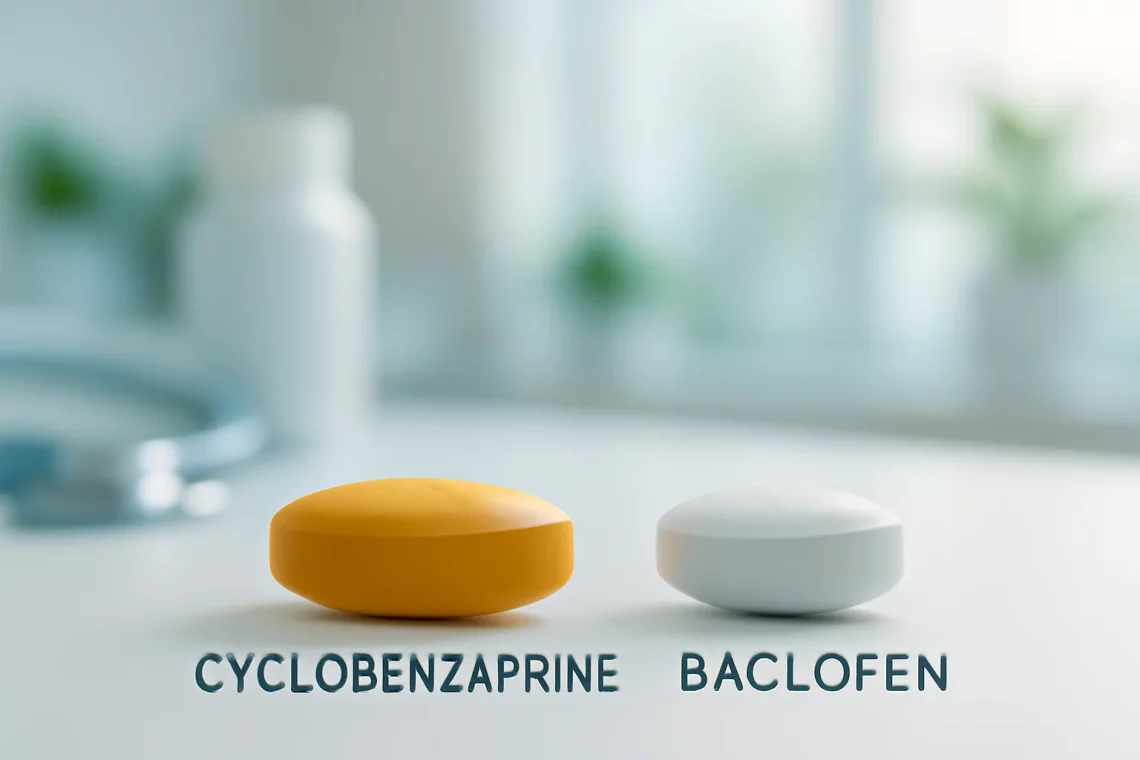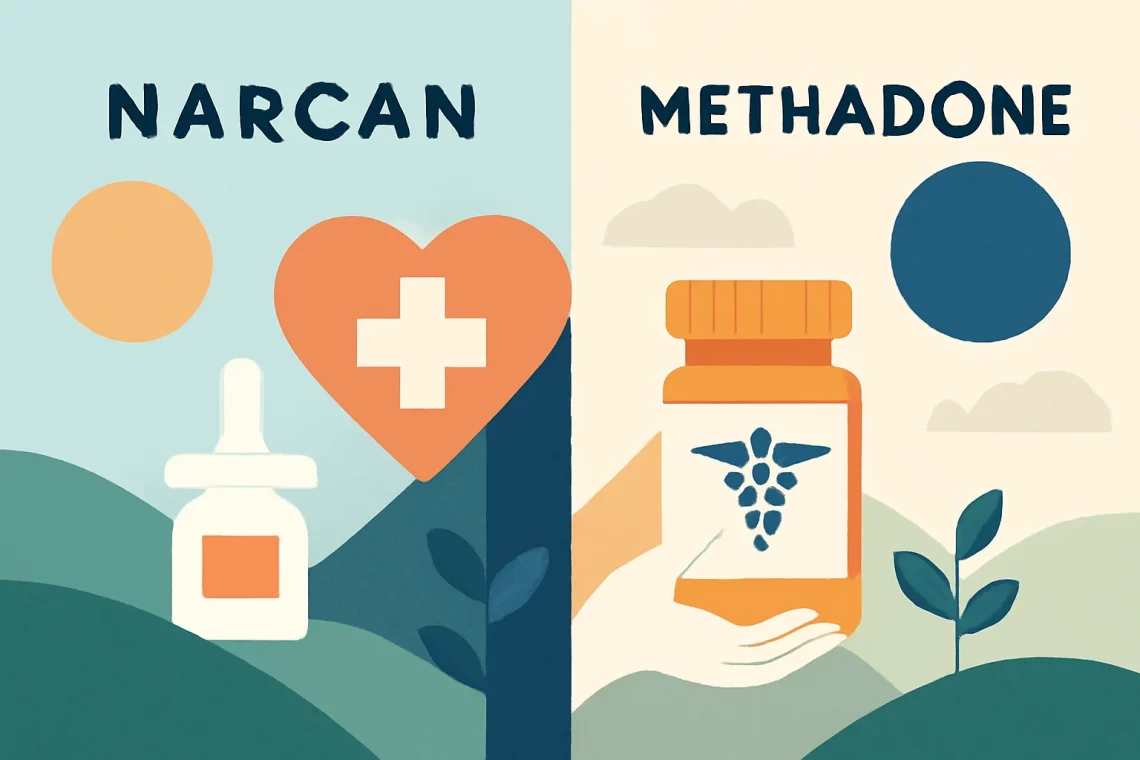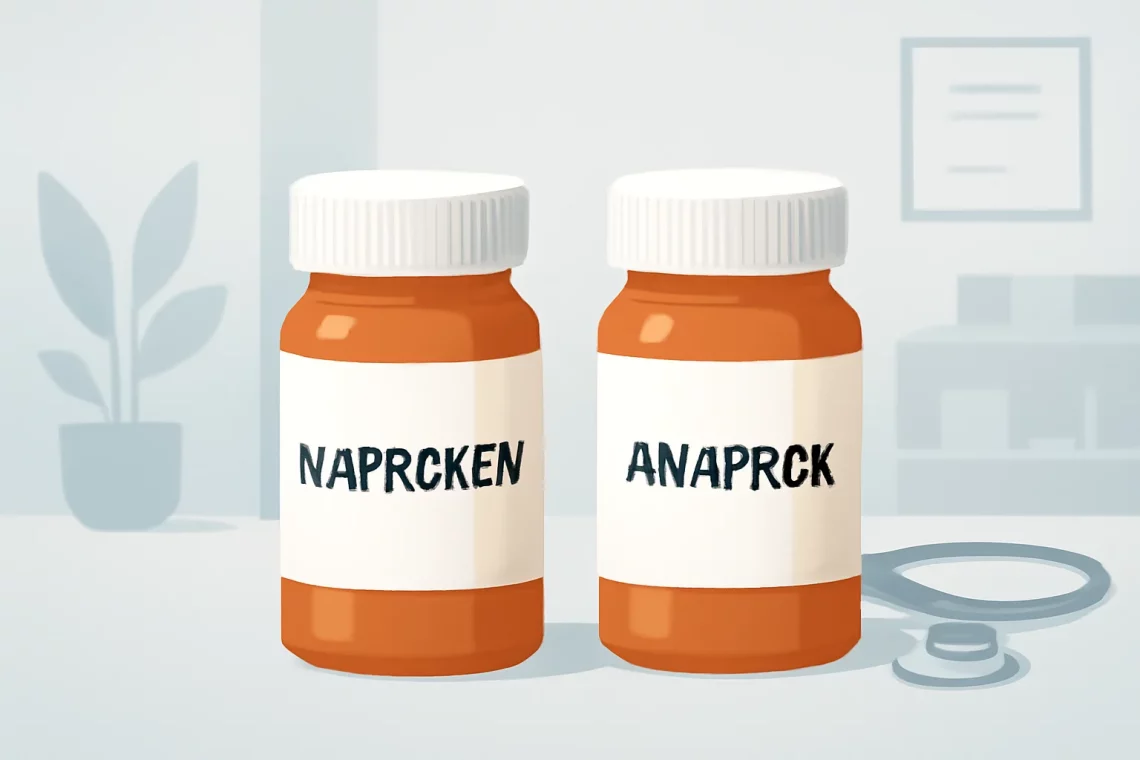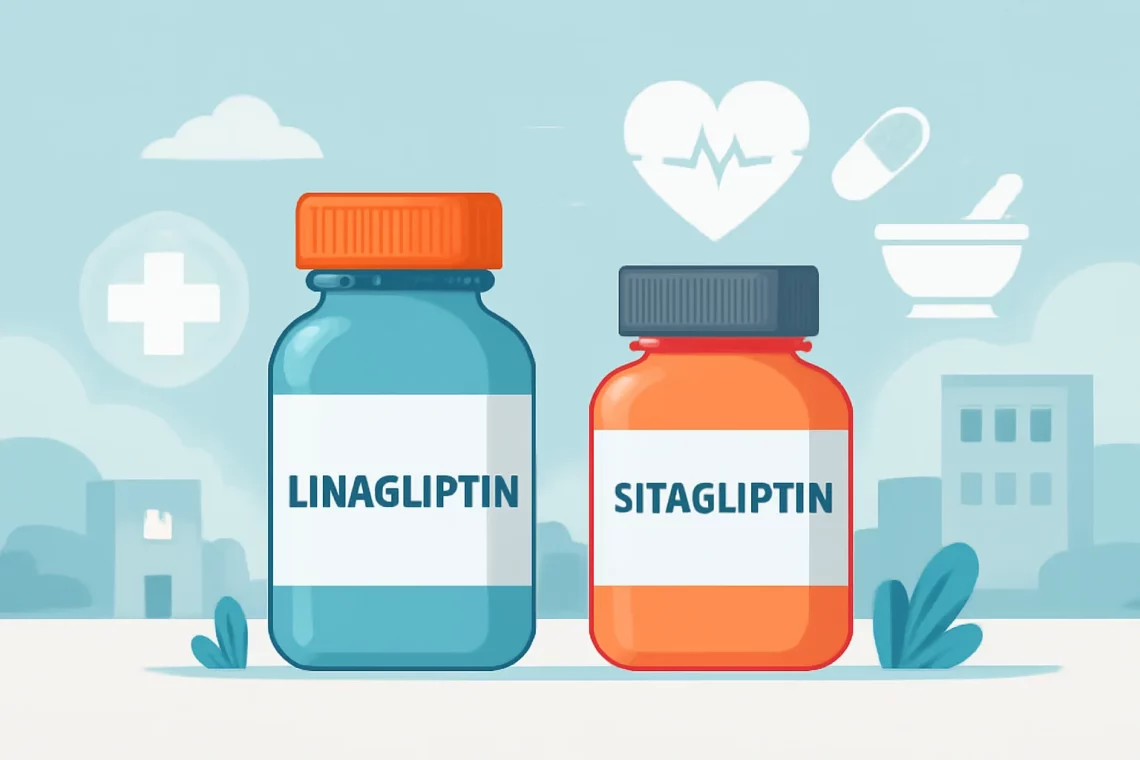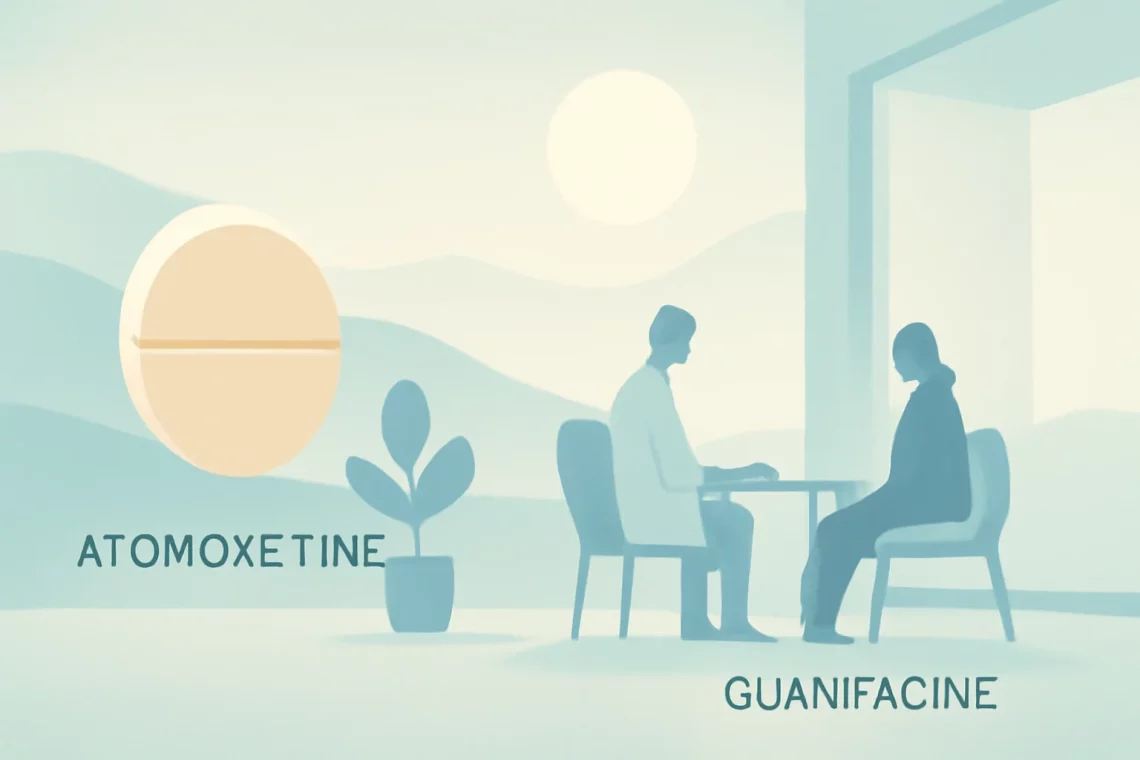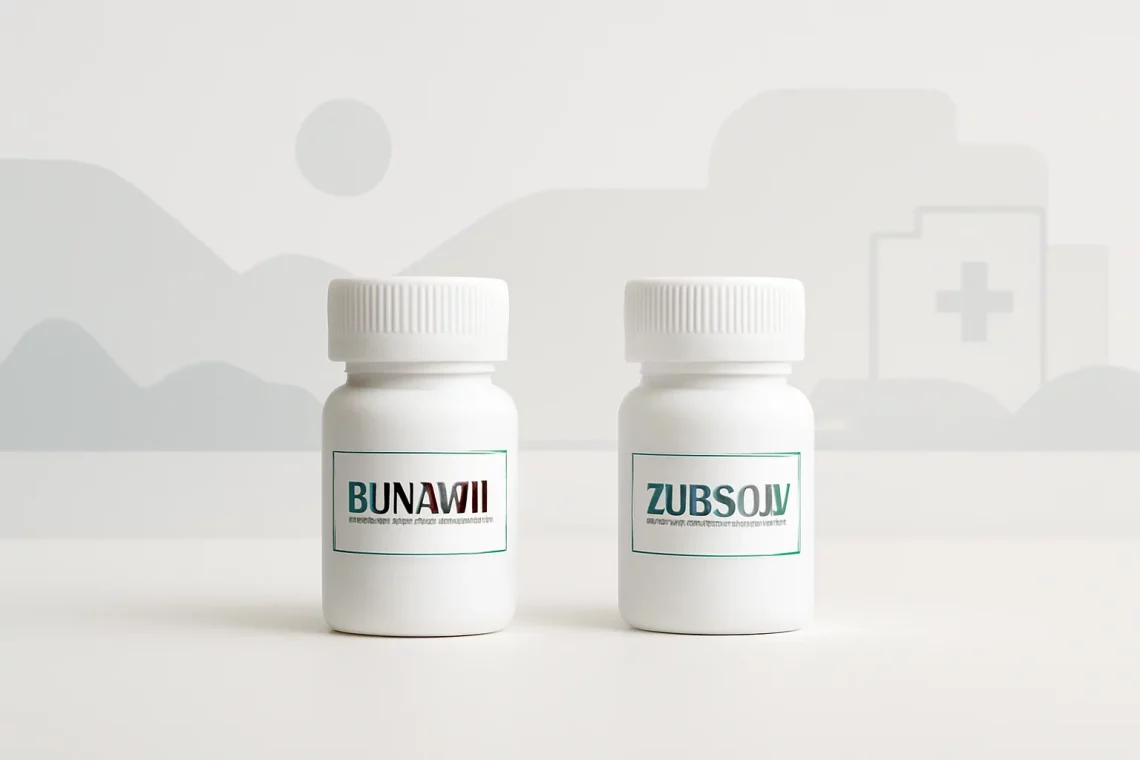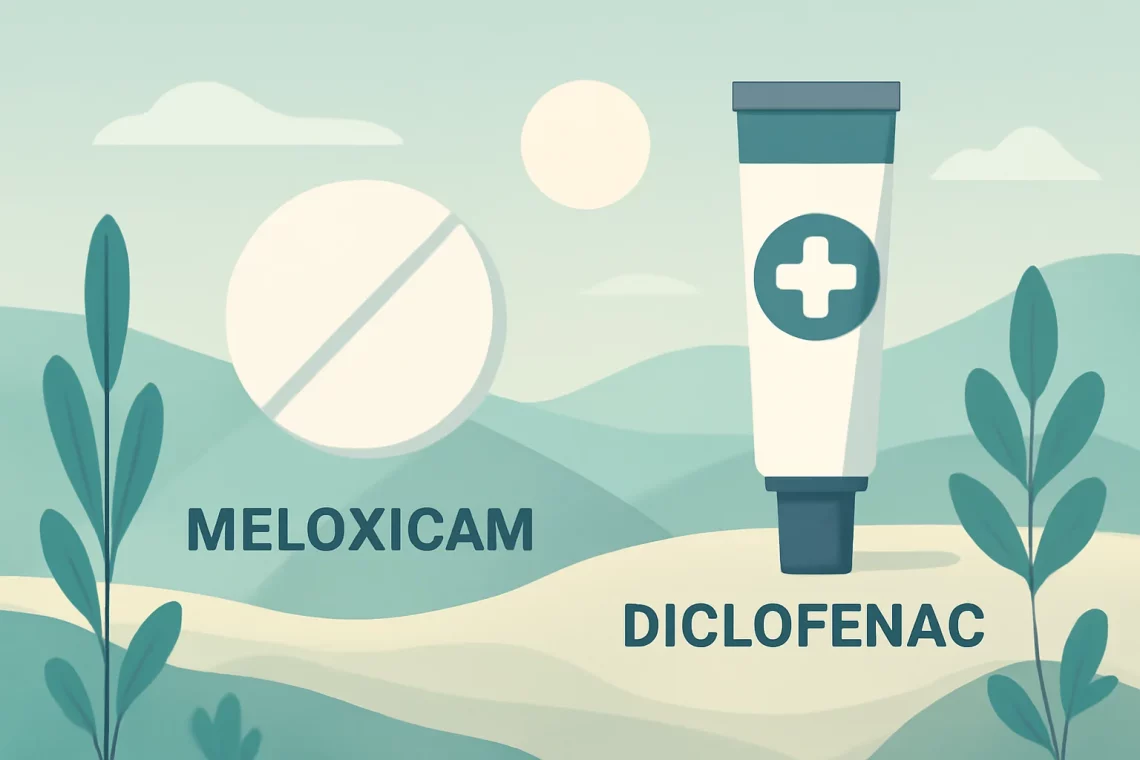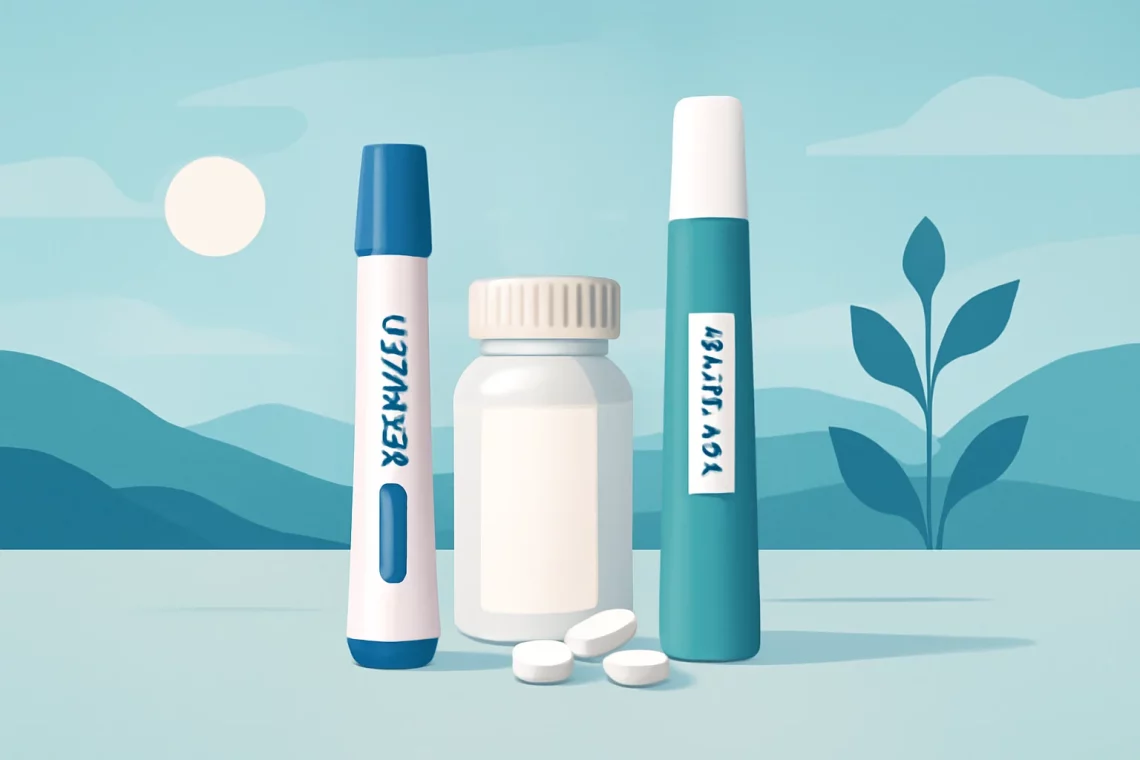-
Cyclobenzaprine vs Baclofen: Which Muscle Relaxant is Right for You?
Muscle relaxants are widely used to alleviate discomfort and facilitate recovery in various musculoskeletal conditions. Among the many options available, cyclobenzaprine and baclofen are two medications that often come up in discussions regarding effective muscle relaxation therapies. Each of these drugs possesses unique properties, and understanding their differences, uses, and potential side effects can help patients and healthcare providers make informed decisions. As more individuals seek relief from muscle spasms and pain, it is crucial to explore the mechanisms of action, indications, and contraindications of these medications. While both cyclobenzaprine and baclofen can provide significant benefits, their distinct pharmacological profiles mean they may be better suited for different patient populations…
-
Narcan vs Methadone: Understanding Their Roles in Opioid Treatment
The opioid crisis has emerged as a significant public health challenge, affecting millions of individuals and their families. With the increasing prevalence of opioid overdoses, effective and timely interventions have become crucial. Among the various options available for combating opioid addiction and overdose, Narcan and methadone stand out as two prominent choices. Both substances serve distinct purposes and operate through different mechanisms, which can lead to confusion among users, healthcare providers, and policymakers. Narcan, known generically as naloxone, is an opioid antagonist that can rapidly reverse the effects of an opioid overdose. This life-saving medication has garnered attention for its ability to be administered by bystanders, making it a critical…
-
Naproxen vs Anaprox: Key Differences and Similarities Explained
Naproxen and Anaprox are both nonsteroidal anti-inflammatory drugs (NSAIDs) primarily used to relieve pain and reduce inflammation. While they share a common active ingredient, their formulations and specific uses can differ. Understanding the nuances between these two medications is crucial for patients and healthcare providers alike. The choice between them can depend on several factors including the specific condition being treated, the desired duration of pain relief, and individual patient response. As we navigate the complexities of pain management, it’s essential to gain a comprehensive understanding of how these medications function, their potential side effects, and the circumstances under which one might be preferred over the other. The need for…
-
Linagliptin vs Sitagliptin: Which Diabetes Medication is Right for You?
Managing diabetes is a complex challenge that requires a multifaceted approach, including lifestyle modifications and, often, medication. Among the various pharmaceuticals designed to help control blood sugar levels, Linagliptin and Sitagliptin have emerged as popular options. Both belong to a class of medications known as DPP-4 inhibitors, which work by enhancing the body’s natural ability to lower blood sugar. As diabetes continues to affect millions worldwide, understanding the differences, benefits, and drawbacks of these medications is crucial for individuals looking to manage their condition effectively. While both Linagliptin and Sitagliptin share similar mechanisms of action, they also have unique properties that may influence a patient’s choice between the two. Factors…
-
Quviviq vs Trazodone: Which Sleep Aid is Right for You?
Sleep disorders are increasingly common in today’s fast-paced world, affecting millions of people globally. As the importance of restful sleep becomes more recognized, various treatments have emerged to help individuals manage their sleep difficulties. Among these treatments, medications like Quviviq and Trazodone have gained attention due to their differing mechanisms of action and applications. While both are used to promote better sleep, they come from distinct pharmacological backgrounds and have unique side effect profiles. Quviviq, a newer entrant in the sleep aid market, aims to address insomnia through a novel mechanism that targets specific receptors in the brain. In contrast, Trazodone, originally developed as an antidepressant, has become a commonly…
-
Atomoxetine vs Guanfacine: Which is Better for ADHD Treatment?
Attention-deficit/hyperactivity disorder (ADHD) is a complex neurodevelopmental disorder that affects both children and adults. It is characterized by symptoms such as inattention, hyperactivity, and impulsivity, which can significantly impact daily life and functioning. As awareness of ADHD continues to grow, so does the demand for effective treatment options. While behavioral therapies are often recommended, pharmacological interventions are also frequently utilized. Among these, Atomoxetine and Guanfacine have emerged as two popular non-stimulant medications. Atomoxetine, a selective norepinephrine reuptake inhibitor, is primarily used in the treatment of ADHD. It works by increasing the levels of norepinephrine in the brain, which helps improve attention and decrease impulsivity and hyperactivity. On the other hand,…
-
Bunavail vs Zubsolv: A Comprehensive Comparison of Two Treatments
The opioid crisis has led to an increasing need for effective treatment options for individuals struggling with opioid dependence. In this context, medications like Bunavail and Zubsolv have emerged as popular choices for those seeking recovery. Both of these medications contain buprenorphine, a partial opioid agonist that helps to alleviate withdrawal symptoms and cravings associated with opioid addiction. However, despite their similarities, there are significant differences between Bunavail and Zubsolv that can influence a patient’s treatment journey. Understanding these differences is crucial for patients, healthcare providers, and families navigating the complexities of addiction treatment. The choice between Bunavail and Zubsolv can depend on various factors, including the patient’s medical history,…
-
Meloxicam vs Diclofenac: Which Pain Reliever is Right for You?
Meloxicam and diclofenac are both nonsteroidal anti-inflammatory drugs (NSAIDs) that play a significant role in managing pain and inflammation. These medications are frequently prescribed for various conditions, including arthritis, musculoskeletal pain, and post-surgical discomfort. While they share similar properties, their mechanisms of action, efficacy, and side effects can vary considerably. Understanding the differences and similarities between meloxicam and diclofenac can help patients and healthcare providers make informed decisions regarding pain management strategies. As the demand for effective pain relief continues to rise, it becomes crucial to evaluate the options available. Patients often seek alternatives to traditional pain medications due to concerns about side effects, dependency, or effectiveness. Both meloxicam and…
-
Adderall vs Mydayis: Which ADHD Medication is Right for You?
Adderall and Mydayis are two commonly prescribed medications used to treat Attention Deficit Hyperactivity Disorder (ADHD). Both of these stimulant medications aim to enhance concentration, reduce impulsivity, and improve overall cognitive function for those diagnosed with ADHD. However, despite their similar purposes, they differ in various aspects, including their composition, duration of action, side effects, and the way they are metabolized in the body. Understanding these differences can help patients and caregivers make informed decisions about which medication might be more suitable for their specific needs. As the prevalence of ADHD continues to rise, so does the importance of effective treatment options. Patients often seek medications that not only alleviate…
-
Zepbound vs Trulicity: A Comprehensive Comparison of Diabetes Medications
In recent years, the management of diabetes has evolved significantly, with the introduction of various medications aimed at improving blood sugar control. Among these medications, Zepbound and Trulicity have emerged as popular choices for patients and healthcare providers. Both drugs belong to the class of glucagon-like peptide-1 (GLP-1) receptor agonists, which have shown effectiveness in managing type 2 diabetes. The increasing prevalence of diabetes worldwide has led to a surge in interest surrounding these medications, as individuals seek effective and efficient solutions to maintain their health and well-being. Understanding the differences and similarities between Zepbound and Trulicity can help patients and caregivers make informed decisions about their diabetes management options.…
